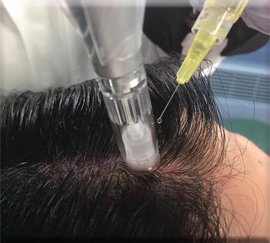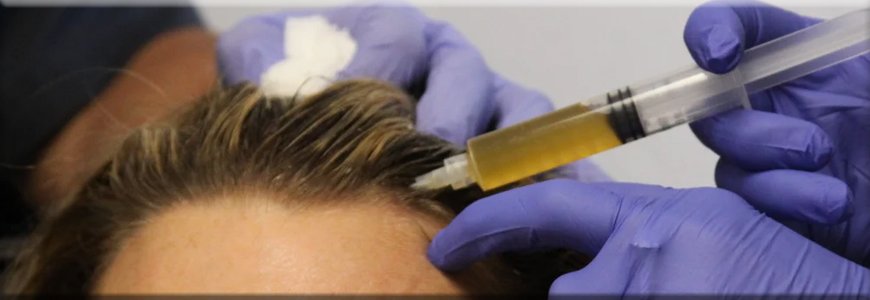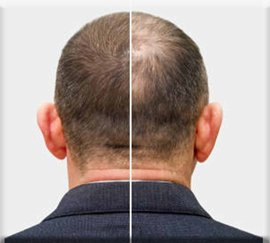What is PRP actually regrow hair?
Platelet-Rich Plasma (PRP) therapy has gained significant attention in the realm of hair restoration, captivating both medical professionals and individuals grappling with hair loss. At its core, PRP therapy involves extracting a patient's blood, processing it to isolate platelet-rich plasma, and then injecting it back into the scalp. While the exact mechanisms of PRP's efficacy in regrowing hair are still under scrutiny, several theories shed light on its potential benefits.
One prominent hypothesis revolves around the rich reservoir of growth factors contained within platelets. These growth factors, including platelet-derived growth factor (PDGF), vascular endothelial growth factor (VEGF), and insulin-like growth factor (IGF), play pivotal roles in tissue repair and regeneration. When injected into the scalp, these growth factors may stimulate dormant hair follicles, promote angiogenesis (the formation of new blood vessels), and modulate inflammation, creating an environment conducive to hair growth.
Moreover, PRP therapy may exert its effects beyond merely stimulating hair follicles. Research suggests that PRP possesses anti-inflammatory properties, which could be crucial in halting the progression of conditions like androgenetic alopecia (male or female pattern baldness) or alopecia areata (autoimmune-induced hair loss). By mitigating inflammation in the scalp, PRP may prolong the anagen (growth) phase of the hair cycle and prevent premature follicular miniaturization, thereby preserving existing hair and fostering the growth of new strands.

Furthermore, PRP's ability to enhance wound healing has implications for hair restoration. Hair follicles undergo a miniaturization process in response to various factors, including aging, hormonal imbalances, and genetic predisposition. By promoting tissue regeneration and accelerating wound healing in the scalp, PRP therapy may counteract the effects of follicular miniaturization and rejuvenate dormant hair follicles, leading to thicker, healthier hair over time.
However, it's important to acknowledge that the efficacy of PRP therapy can vary depending on several factors, including the individual's underlying cause of hair loss, the stage of hair loss, and the protocol used for PRP preparation and administration.
While some individuals may experience significant improvement in hair density and thickness after undergoing multiple PRP sessions, others may see more modest results or no discernible change.
while the precise mechanisms underlying PRP's ability to regrow hair remain subject to ongoing research, its potential to harness the regenerative power of growth factors and promote scalp health makes it a promising option for individuals seeking non-surgical interventions for hair loss. Collaborative efforts between clinicians, researchers, and industry stakeholders will be essential in elucidating PRP's role in hair restoration and optimizing its therapeutic efficacy for diverse patient populations.









